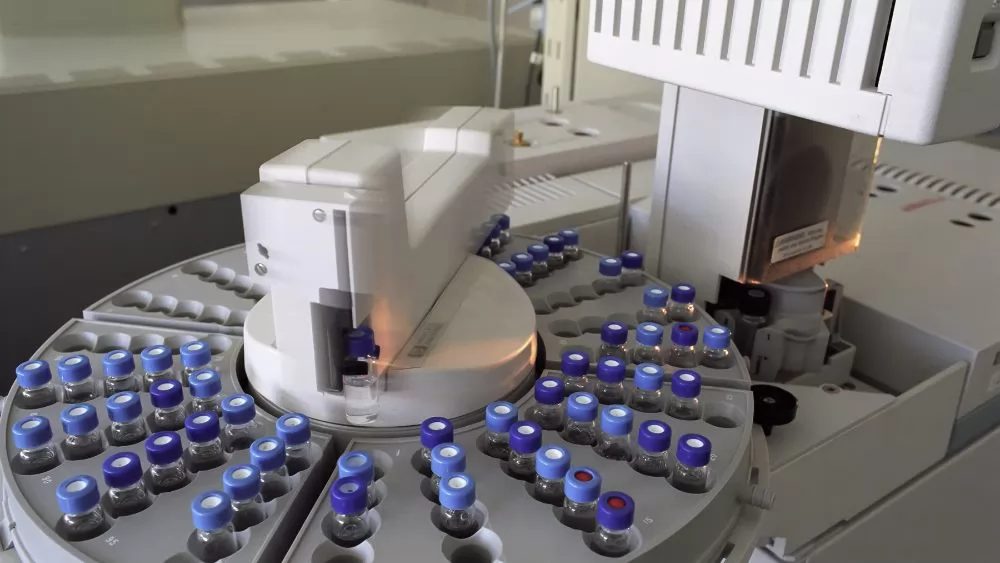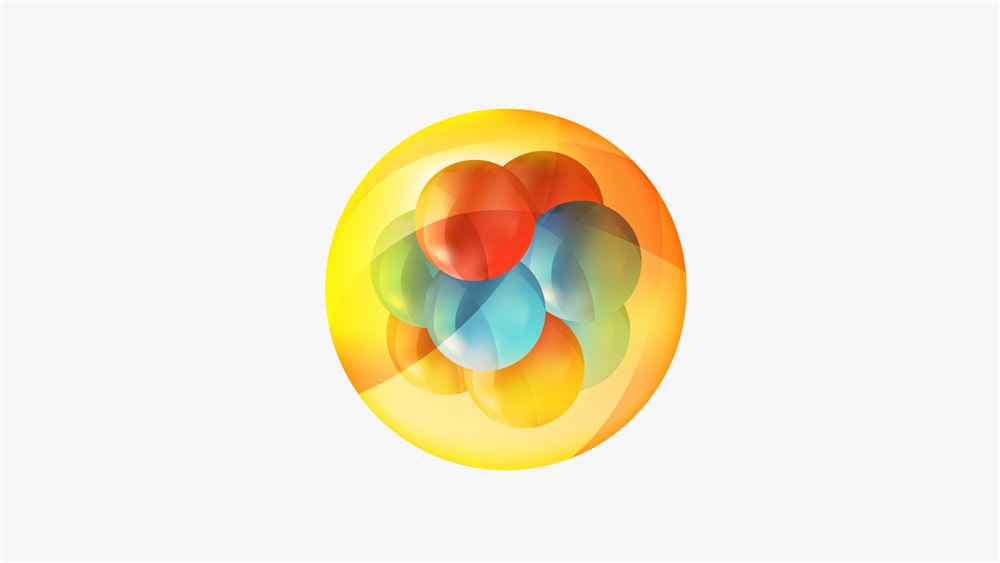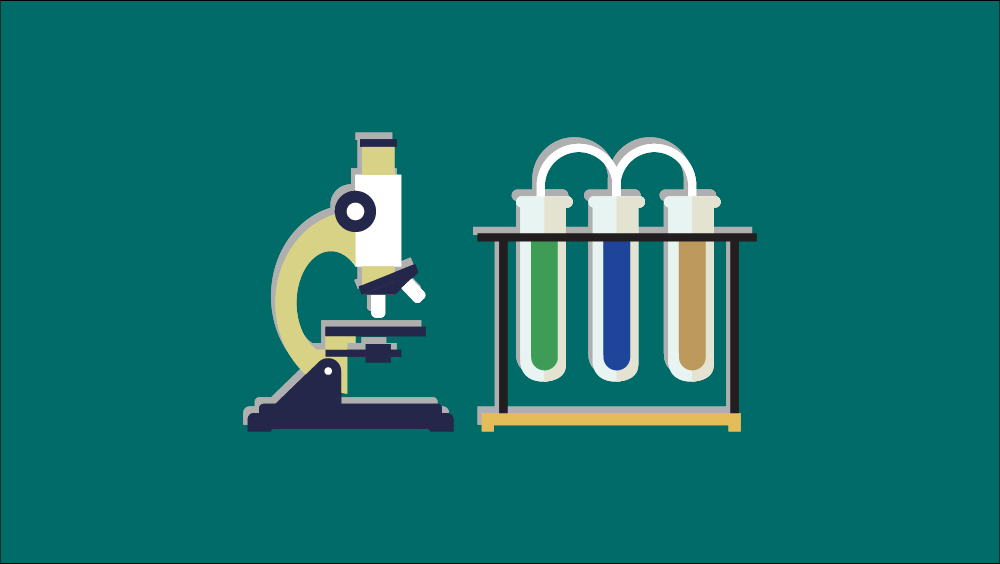What are the main uses of chromatography?

Chromatography stands as an indispensable and pivotal technology employed across a myriad of industries, serving the crucial function of elucidating the intricate composition of diverse mixtures. This technique, acclaimed for its prominent position in scientific research, extends its significance beyond the realms of laboratories to various sectors.
Chromatography technology plays a key role in common industries. It is suitable for use in pharmaceuticals, clinical trials, environmental and chemical safety, food and beverage, drug testing, forensic science, petroleum production and molecular biology.
This article will introduce you to the common uses of chromatography technology, please read patiently!
Article directory
-
What is chromatography?
-
Pharmaceutical and clinical testing
-
Food and beverage
-
Environmental and chemical Industry
-
Drug testing
-
Creating vaccinations
-
Security
-
Forensics
-
Molecular biology studies
-
Petroleum
-
Conclusion
What is chromatography?
Chromatography emerges as a biophysical technique wielding its prowess in effecting the separation, identification, and purification of complex mixtures, subsequently facilitating the meticulous analysis of individual components within the amalgamation.
This sophisticated process hinges upon the distinctive interplay between two phases, namely the mobile and stationary phases. In the pursuit of segregating mixture components, they are first dissolved in a solvent within the mobile phase. Subsequently, this mobile phase transports the amalgam through the stationary phase, where the various components engage in interactions with the stationary medium. Notably, each component interfaces with the stationary phase at its own tempo, thereby instigating the segregation of components inherent in the mixture.
The divergence in movement of mixture components through this phase transpires owing to inherent dissimilarities in absorption tendencies, partition behavior, and molecular weights. The versatility of chromatography is underscored by its ability to accommodate diverse substances under scrutiny, a testament to its adaptability.
Several prevalent modes of chromatography, including but not limited to gas chromatography, liquid chromatography, thin-layer chromatography, and column chromatography, exemplify the manifold approaches employed to cater to the distinctive characteristics of substances subjected to analysis.
Pharmaceutical and clinical testing
Chromatography plays an important role in the safety of pharmaceuticals. Pharmaceutical companies use chromatography to quantify and analyze compounds for contaminants. For example, chiral compounds have two different forms due to their atoms differing slightly in space. One form of chiral compounds is known to be toxic.
Chromatography can ensure that the safe form is separate from the dangerous form of the chiral compound. Vaccination creation is also an application of chromatography. Chromatography can be used to determine which antibodies are the best for fighting and neutralizing certain diseases. In tandem with mass spectrometry, liquid chromatography has revolutionized the clinical laboratory testing.
While mass spectrometry can identify analytes by two physical properties, precursor and product ion mass, another property is added when used in tandem with liquid chromatography to identify the analyte even more accurately. Liquid chromatography and mass spectrometry also provide the ability to multiplex, or the ability to identify and quantify several analytes at once. This drastically saves time and money on clinical trials.
Food and beverage
Quality control within the food and beverage industry can be enacted through chromatography. In the food industry, chromatography is used to separate and analyze additives, vitamins, proteins, amino acids, and other nutritional compounds in food items. Chromatography can also be used to determine expiration dates by distinguishing the number of organic acids present as well as to detect any harmful toxins that may have been added to the food item.
In the beverage industry specifically, chromatography can be used to make sure every bottle of a drink prepared is consistent. For example, chromatography can separate a soda mixture to ensure everyone can have the same sugar content, keeping each bottle consistent in taste.
Environmental and chemical Industry
The chemical industry must adhere to numerous environmental safety precautions. Perfluoroalkyl substances, also known as PFAS, have become a persistent threat to the human body and the environment. PFAS can be found in items such as protective coatings on shoes and other fabrics, electronics, and even firefighting foams.
While these substances benefit products by making them extremely durable, they pose an environmental concern as they continue to accumulate. PFAS in our drinking water can also lead to damaging health concerns such as reproductive and developmental setbacks. By using solid-phase extraction, liquid chromatography, and mass spectrometry, we can detect PFAS in the environment and our drinking water, even at very low limits.
Drug testing
Chromatography can be very useful in drug testing and clinical toxicology reports. Chromatography can separate and analyze substances found in urine samples. When running a clinical toxicology report, drug testing a new employee, or testing a professional athlete for performance-enhancing drugs, chromatography determines what substances have been taken through an analysis of a urine sample which ultimately determines if any harmful or illicit drugs have been used.
Creating vaccinations
The utility of chromatography extends to the realm of discerning the antibodies responsible for combating diverse diseases and viruses. In a notable instance, scientists harnessed chromatography in the battle against the Ebola virus outbreak, a catastrophic event that claimed over 11,000 lives. Chromatography played a pivotal role in the development of the experimental immunization Zmapp.
This sophisticated process was deployed to unravel the intricacies of antibody interactions, identifying with precision which antibodies proved most efficacious in neutralizing the virulent Ebola virus. The application of chromatography in this context exemplifies its crucial role in advancing scientific endeavors, particularly in the realm of infectious disease research and the pursuit of innovative immunization strategies.
Security
The realm of security practices stands as a distinctive industry where the application of chromatography proves to be instrumental. Particularly, gas chromatography emerges as a valuable tool within this domain, offering the capability to ascertain the presence of volatile gases.
This utilization of chromatography contributes significantly to enhancing safety protocols in various settings, including but not limited to airports and large gatherings necessitating stringent safety measures, such as concerts and sporting events.
By employing gas chromatography in these scenarios, the identification and analysis of volatile gases become paramount, thus bolstering efforts to mitigate potential threats and eliminate hazards that could pose significant risks to public safety.
Forensics
Similar to security precautions, Forensics is a unique application of chromatography. Gas chromatography can be used for more in-depth forensics procedures, for example, crime scene analysis to test evidence such as blood, hair, and fabric samples to further understand what may have happened at the scene.
Chromatography is massively important to forensic pathology work. Gas chromatography is widely used to identify the types of fluids and compounds that exist in a body postmortem. In such cases, a possible cause of death and motive can be determined based on finding drugs, alcohol, or toxic substances in the body.
Another unique form of forensics that can be assisted by chromatography is arson verification. By using chromatography in arson verification, it’s possible to identify flammable substances in fire debris to determine the exact substance that created the fire.
Molecular biology studies
One of the most complex uses of chromatography is molecular biology studies. Hybrid techniques between electrochemistry (EC) and mass spectrometry with chromatography are often applied to studies of proteins, peptides, and nucleic acids. This combination is largely used for metabolomics such as biotransformation reactions like oxidative reactions and proteomics such as the purification of plasma proteins, hormones, and antibodies. Chromatography in nucleic acid research plays a role in accelerating the identification process of nucleobases, nucleotides, and nucleosides, as well as identifying their oxidization process.
Petroleum
Gas chromatography is used to analyze finished gas products and refining processes. Chromatography is most notably used in the analysis of natural and refinery gas for BTU content and hydrocarbon composition.
Nowadays, chromatography is often found in analytical, developmental, and quality control laboratories due to its wide range of abilities. Several different types of chromatography are used in several industries, including examples such as preparing safe pharmaceutical drugs and clinical testing, determining the expiration date and nutritional components of food and beverages, monitoring chemical safety impacts on the environment, and even aiding in forensics research.
The various applications of chromatography all hold significant importance in their respective field to keep industries safe and to further understand changes in their landscape.
Conclusion
In addition to these applications, it is also worth noting that chromatography is also widely used in the fuel industry, in the field of biotechnology, and in certain biochemical processes.
As a professional chromatography resin manufacturer, we specialize in providing high-quality chromatography resins to customers in different industries. If you need to purchase chromatography resin, please contact us or visit our chromatography resin products.
Recommended related content









.png)


